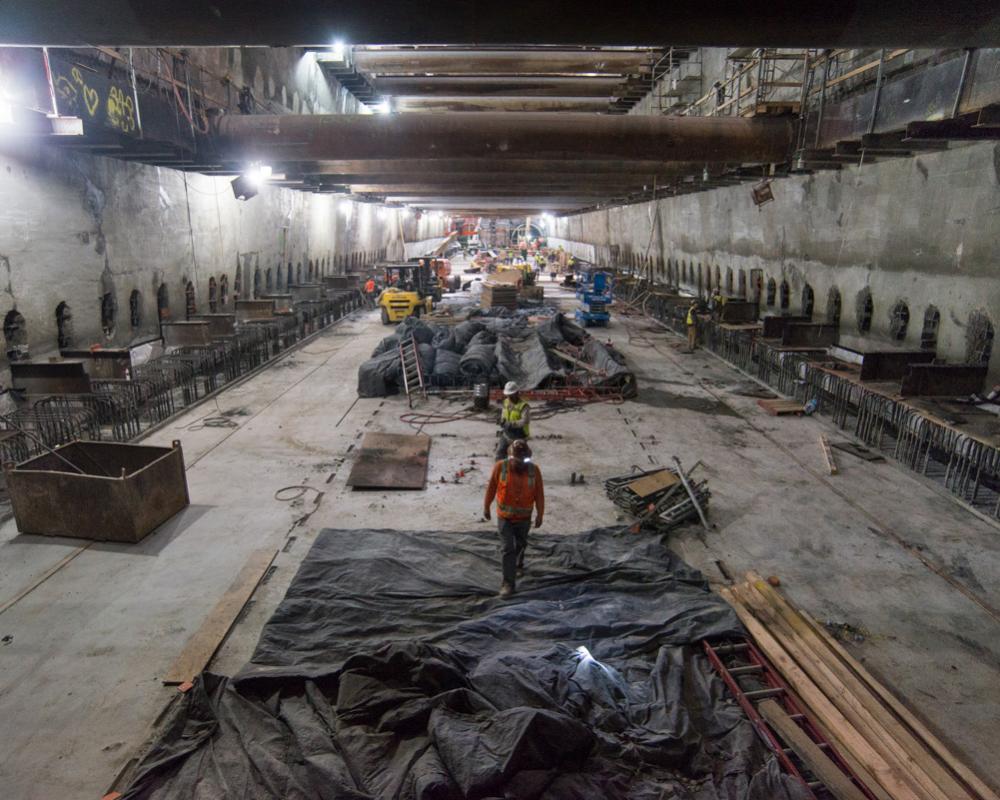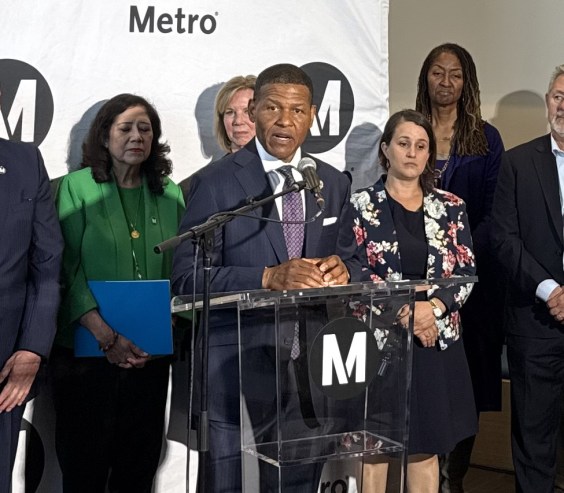
After years of declining bus ridership, last August Houston METRO overhauled service patterns around the city, updating the bus network for the first time since the 1970s. Practically overnight, Houston's network changed from a hub-and-spoke model to a more grid-like system designed to expand access to frequent service to more of the city. Night and weekend service dramatically increased as well. The country has been watching to see the results.
A year later, Houston officials are taking stock. Bus ridership has ticked up, bolstered by growing weekend ridership, and light rail ridership has increased substantially -- a reflection of how Houston policy makers are treating both modes as a unified network, writes Leah Binkovitz at The Urban Edge:
From September 2015 (the first full month after the switch was implemented) to July 2016 (the most recent complete month), METRO saw its ridership on local bus and light-rail add an additional 4.5 million boardings -- a 6.8 percent increase.
The numbers are more modest when looking at local bus ridership alone, which saw a 1.2 percent growth in ridership during that period. The light-rail system’s Red Line saw a more sizable 16.6 percent increase.
Local weekend bus ridership is one of the new system’s strongest areas, continuing a trend that begun almost immediately after the redesign was implemented. From June 2015 to June 2016 -- the most recent METRO has released more detailed ridership data -- local buses saw a 13 percent increase in ridership on Saturdays and a 34 percent increase on Sundays, according to METRO, with similarly strong numbers for rail as well.
Local weekday bus ridership actually dropped over that same time period by 1 percent. However, a 14 percent increase in light-rail ridership amounted to an overall weekday ridership increase of 3 percent. The growth in rail supports [Metro Board Chair Carrin] Patman’s focus on the new bus system’s strong connections to the growing network of lines. And she said, there’s more to come for the system.
Overall, total METRO ridership increased from 39.5 million boardings in the first half of 2015 to 42.5 million boardings in the first half of 2016. That’s an increase of 7.5 percent. Jarrett Walker, a consultant who aided with the bus network design, as well as METRO officials, have previously said the aim of the bus network overhaul was to increase ridership by 20 percent after two years of operation.
Houston Metro is continuing to tinker with the system in response to public feedback. Metro board member Christof Spieler, the architect of the bus system redesign, said the agency is looking at boosting express bus service along major corridors. The agency is also budgeting to increase bus shelters 25 percent -- a nuts and bolts improvement that matters a lot to riders.
Elsewhere on the Network today: Mobilizing the Region gives an update on the ongoing transportation meltdown in New Jersey. Greater Greater Washington shares a 1950s map that labeled a number of neighborhoods "obsolete" in order to entrench racial segregation. And Streets.mn explains the downside to bringing a car to college.




